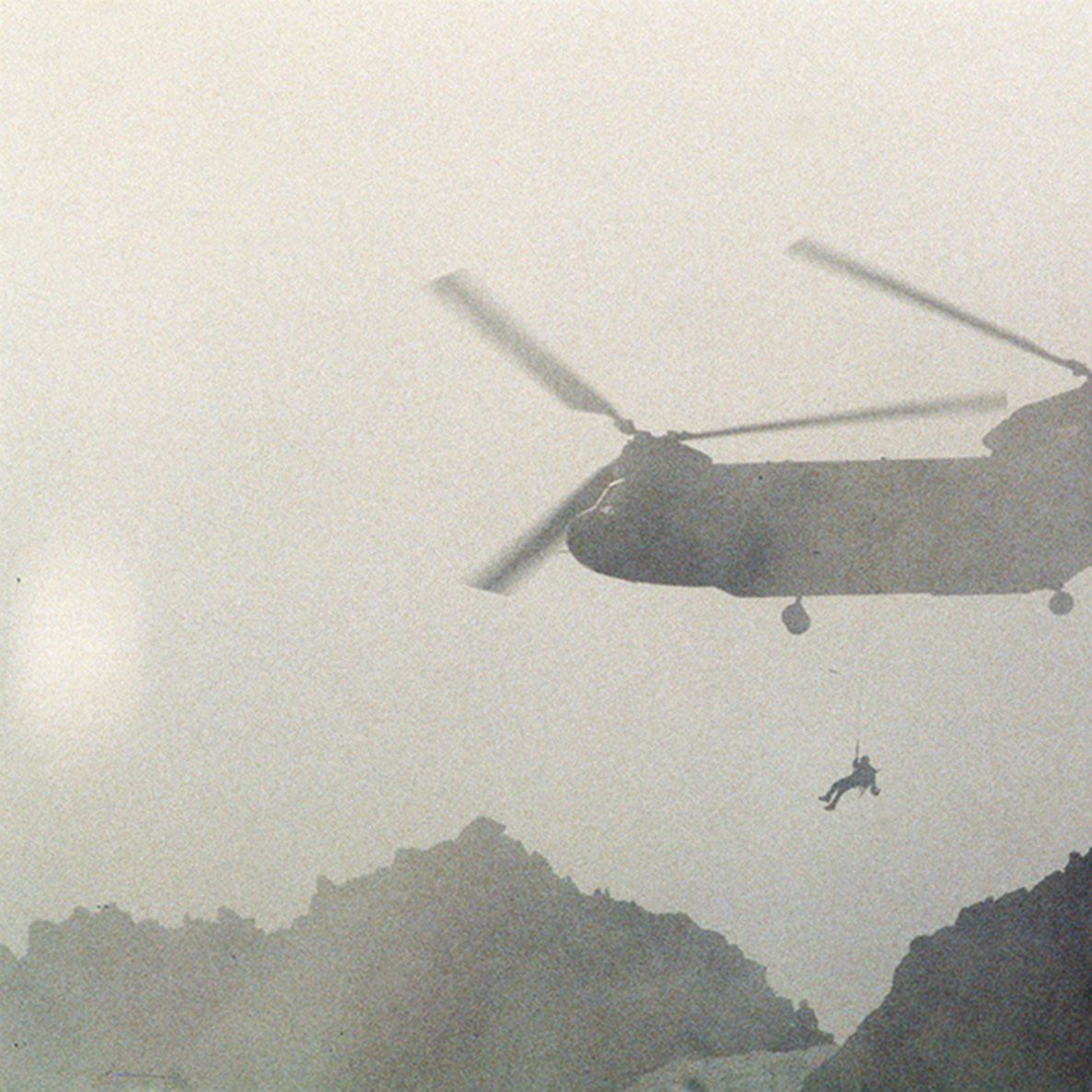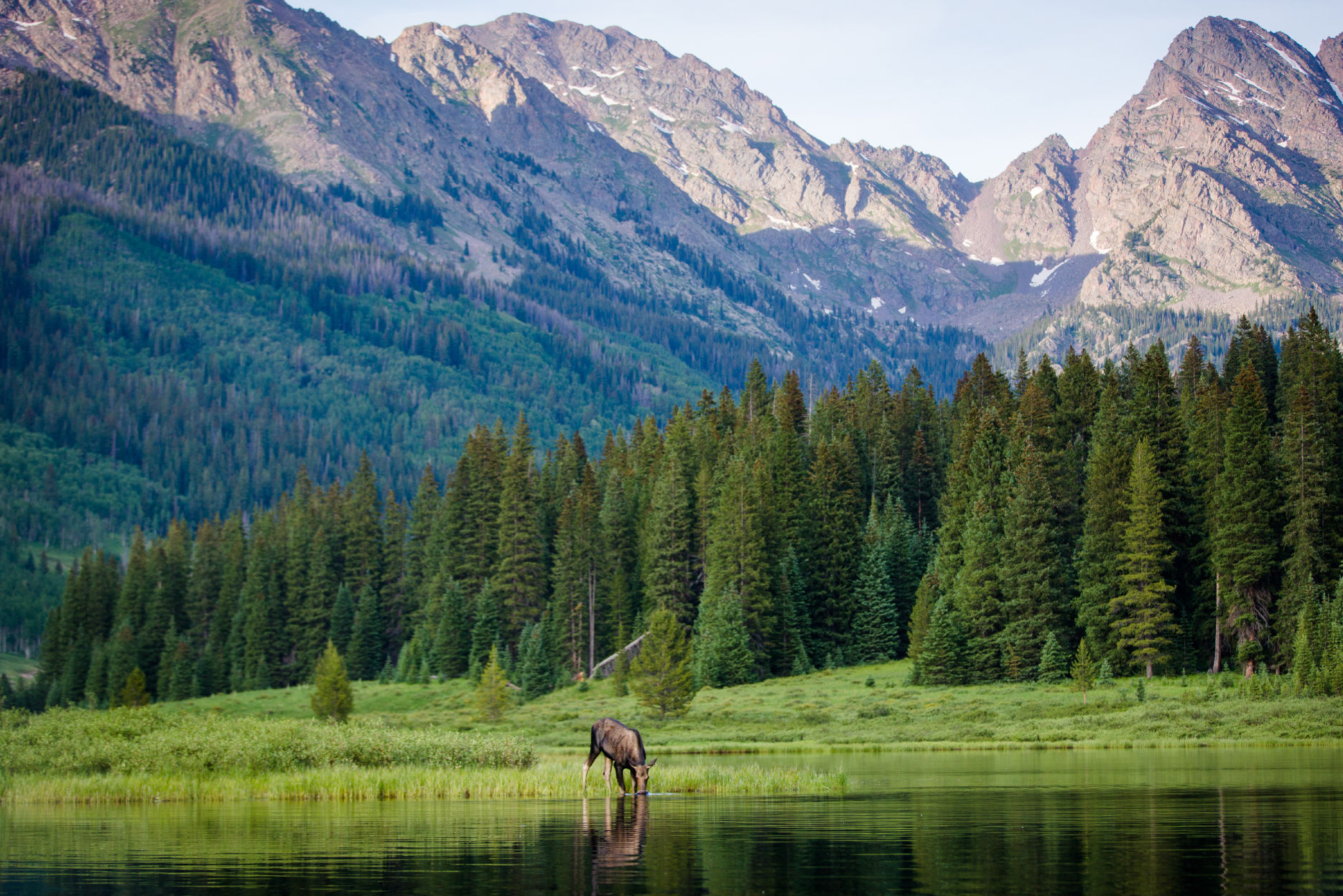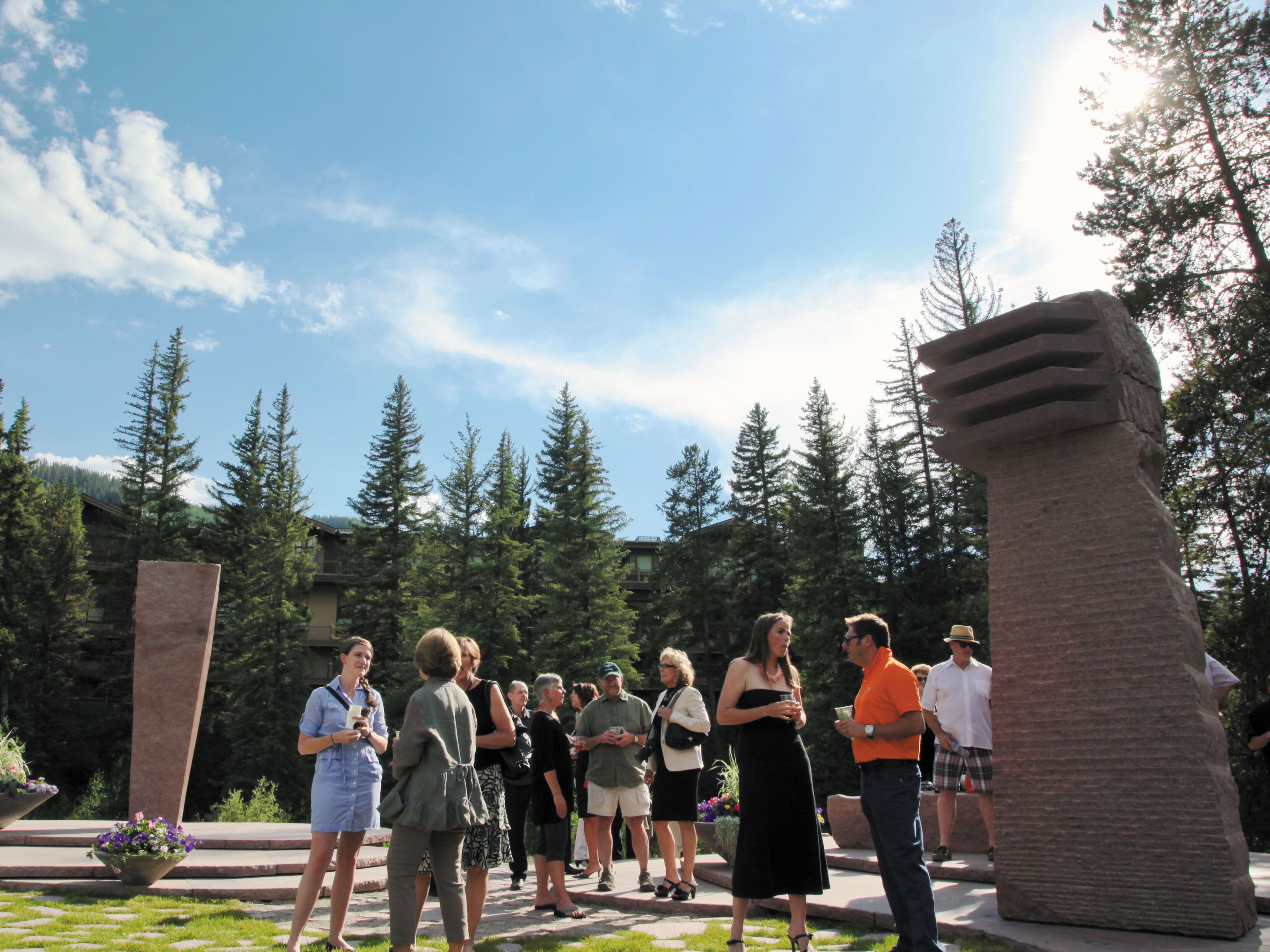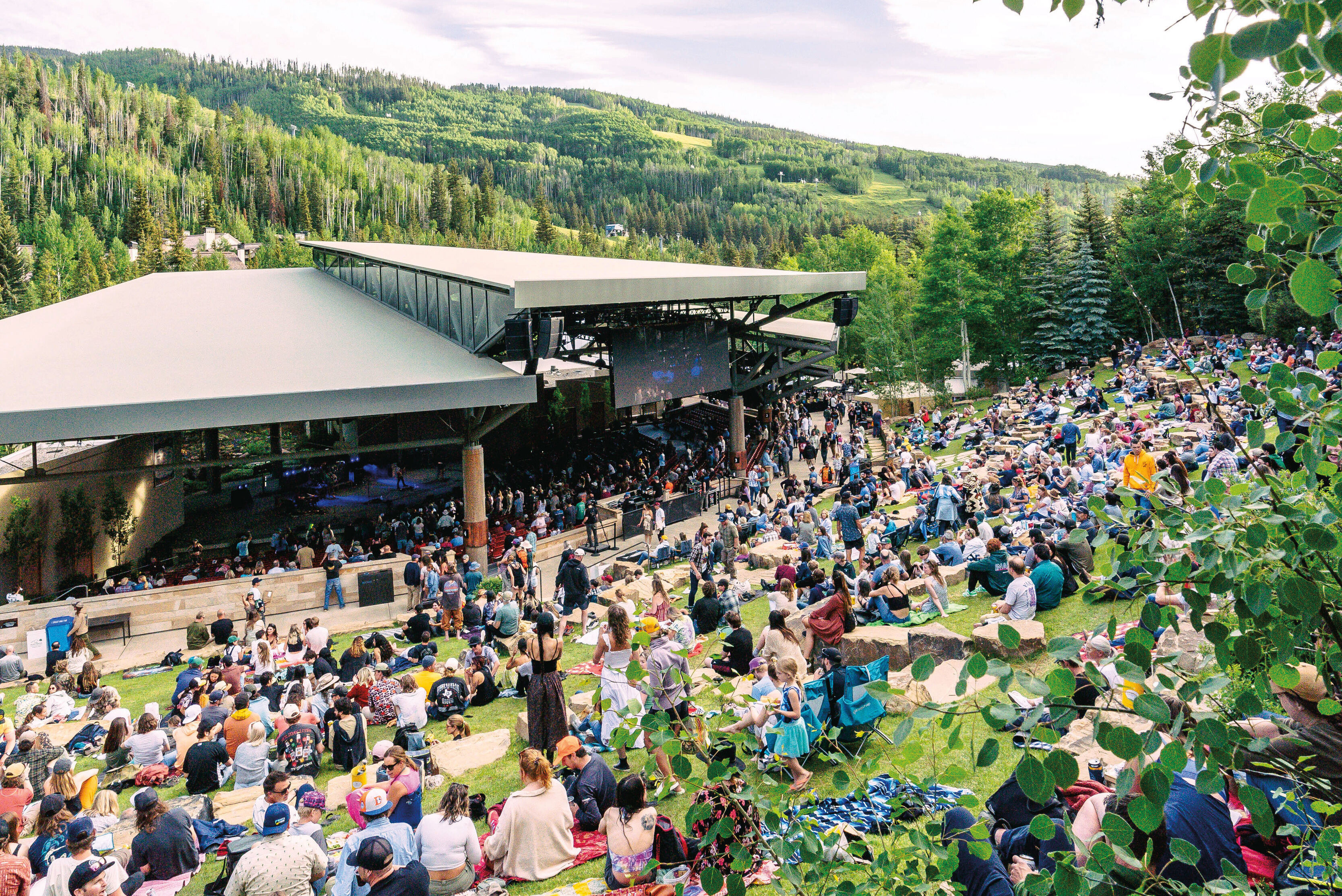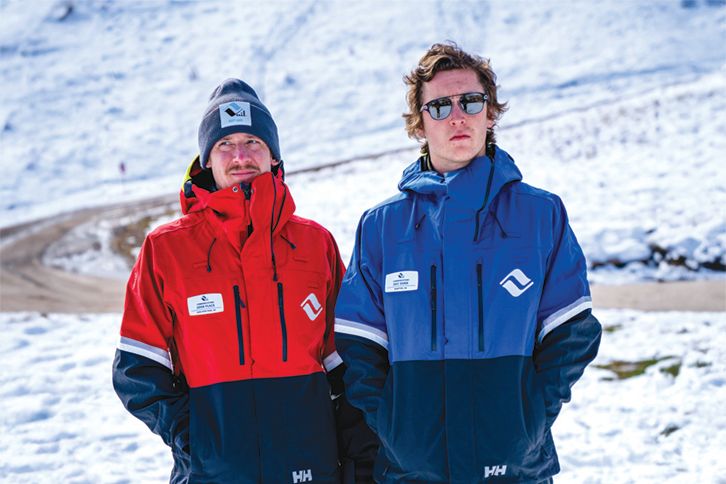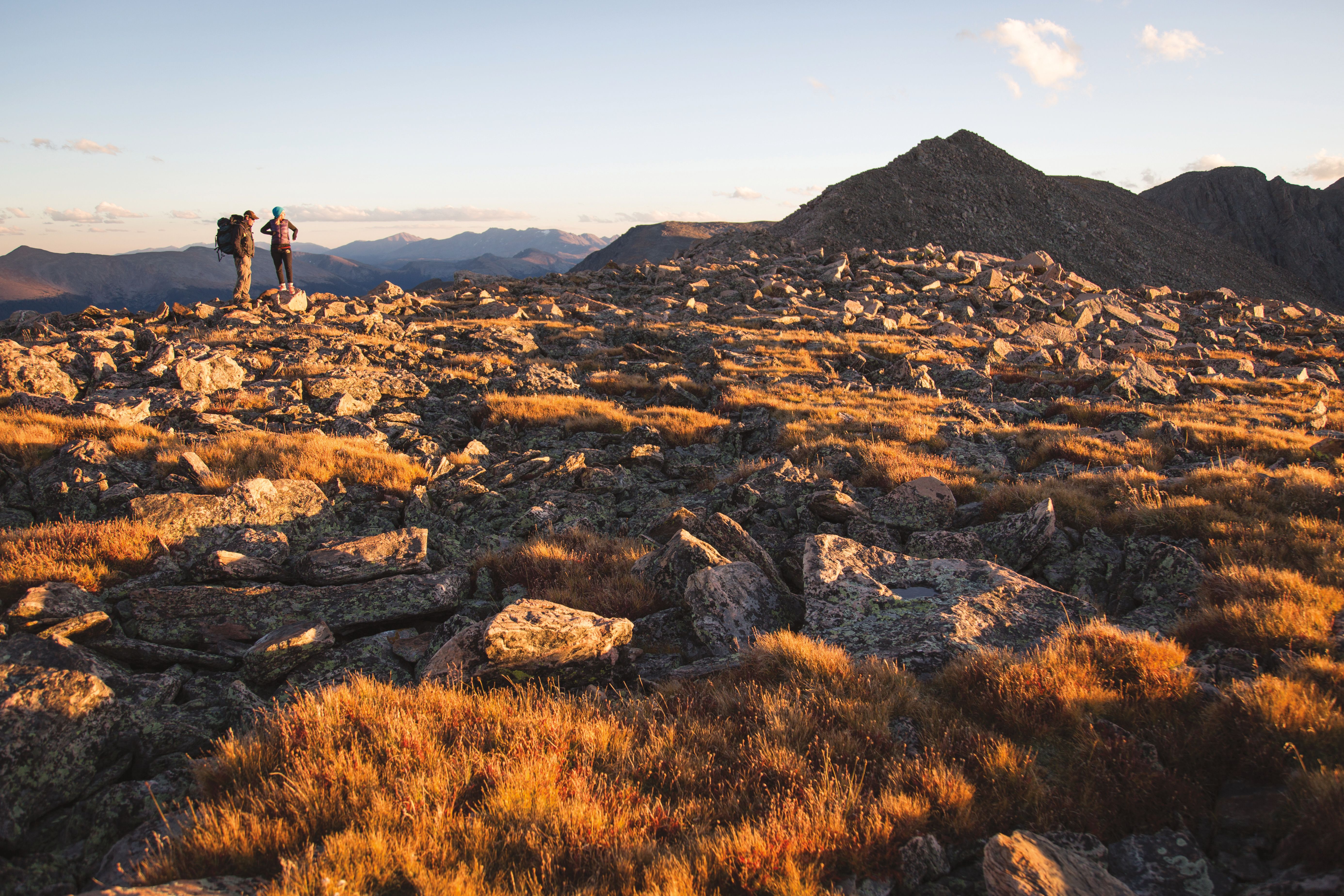
How to Summit Eagle County's Lone 14er
There would be no Holy Cross Wilderness, of course, without Holy Cross the peak—the northernmost fourteener in the Sawatch Range. Nearly 150 years ago, settlers traveling along the Continental Divide believed they spied a mountain with a snowy cross on its east face, but nobody actually saw it up close until 1873. William Henry Jackson’s iconic photograph of the vertical and horizontal snow-filled couloirs below the mountain’s 14,005-foot summit turned the peak into a global sensation. Thousands of religious pilgrims trudged up the trail to Notch Mountain, where they could stare at Holy Cross for hours. Even today, says Scott Beebe, pastor at Vail’s Mount of the Holy Cross Lutheran Church, the mountain speaks to many on a spiritual level: “I hear stories from people all the time who have been up there, hearing voices after dark.”
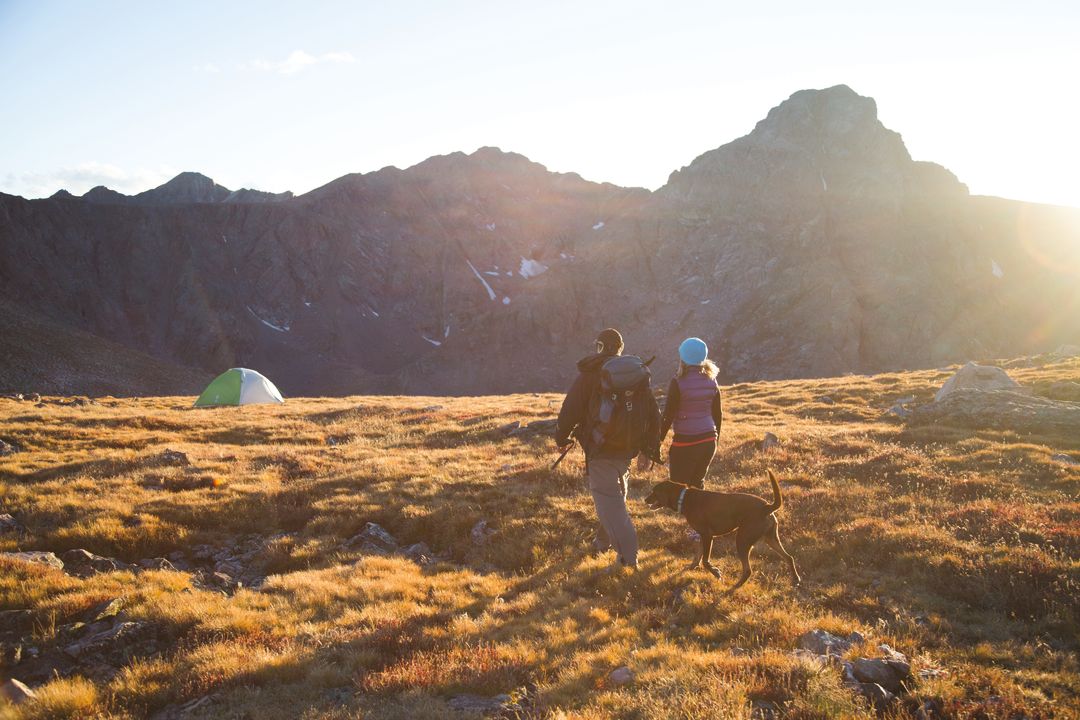
The terminus of the Notch Mountain Trail, an alpine meadow offering stunning vistas of the Holy Cross summit, also serves as a wayside for hikers attempting the challenging Halo Route (campers must self-register at the trailhead).
Image: Zach Mahone
Over time, the peak also became a popular, if grueling, mountaineering objective—with notoriously unpredictable weather. Neither of the two standard summit routes may require technical mountaineering skills, but be forewarned: summiting Holy Cross is NOT a day hike; it’s an endurance trek of 12 miles or more and, depending on your level of fitness and the weather, may consume as many hours (most hikers on the standard route average 12 hours round-trip). A third established route—a direct ascent via the Cross Couloir—requires technical mountaineering skills and is not advised.
From the trailhead at the top of Tigiwon Road (#707, an 8-mile dirt track that begins off Highway 6, 2.6 miles south of Minturn), by far the most popular route (Half Moon Pass Trail #2009) begins with a thousand-foot ascent up Half Moon Pass, then dives into East Cross Creek—where most people camp if they’re splitting their climb into two days—before gaining Holy Cross’s north ridge and continuing with a scramble over an unmarked trail to the summit.
To reach the summit from Half Moon Pass, you must gain over 4,000 vertical feet, with another spirit-crushing thousand-foot ascent and descent over Half Moon Pass on the return to the trailhead. Even though this out-and-back may be the most straightforward route, for years it was the summertime bane of Vail Mountain Rescue Group because of the number of hikers who followed the fall line down from the summit instead of returning to the ridgeline trail, and wandered off-route into the Cross Creek drainage, requiring a late-night (or early-morning) search and rescue.
In addition to the North Ridge route, those who are exceptionally fit and are experienced with route finding can also traverse Halo Ridge via Notch Mountain (from the parking lot, take Fall Creek Trail #2001 to Notch Mountain Trail #2000) and approach the summit from the south, scrambling up and down several 13,000+ foot peaks, 15 miles round-trip.
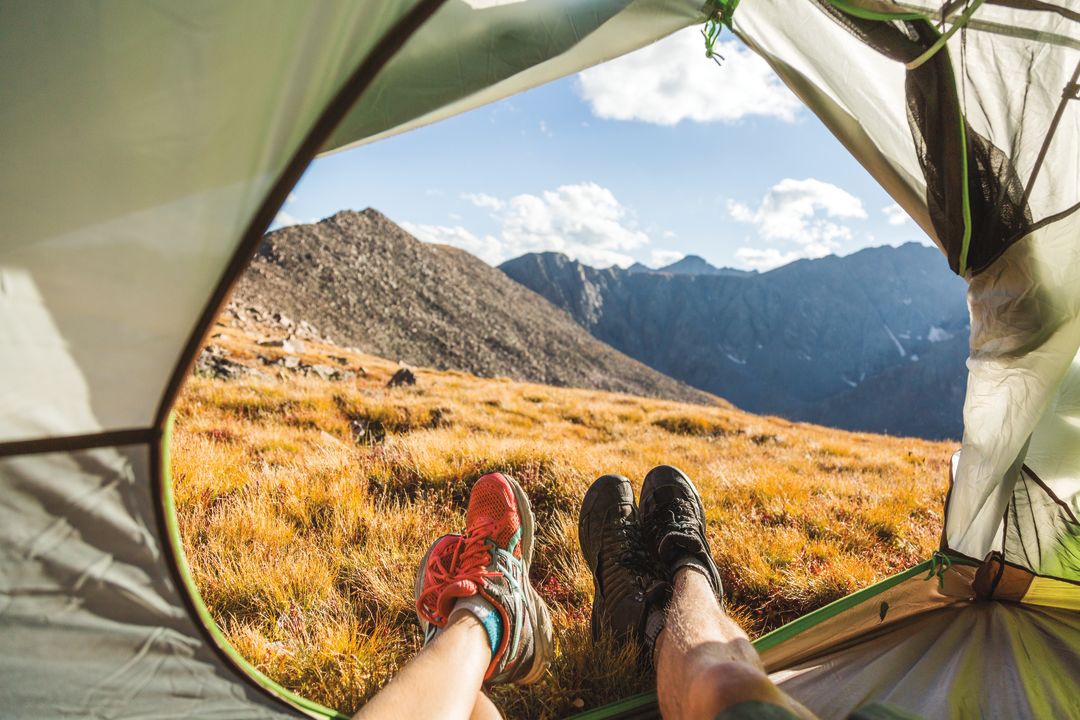
Image: Zach Mahone
No matter which route you take, bring more water than you think you’ll need—to stay hydrated, you should consume one liter for every hour on the trail; you won’t find shade or water above tree line—and enough food for two days, as well as warm and waterproof layers. The extra bulk might weigh you down at the start, but should you need it later, you’ll thank heaven.
Looking across the valley from Notch, Scott Beebe says he often pictures pilgrims getting down on their hands and knees, as they were known to do, and crawling up the trail in cotton and wool, paying homage as they went.
“Imagine the kind of dedication and passion people had going up this mountain to pray, because it was a holy place,” says Beebe, a volunteer member of VMRG who leads a Holy Cross pilgrimage hike with his church every summer. “And it still draws people.”
